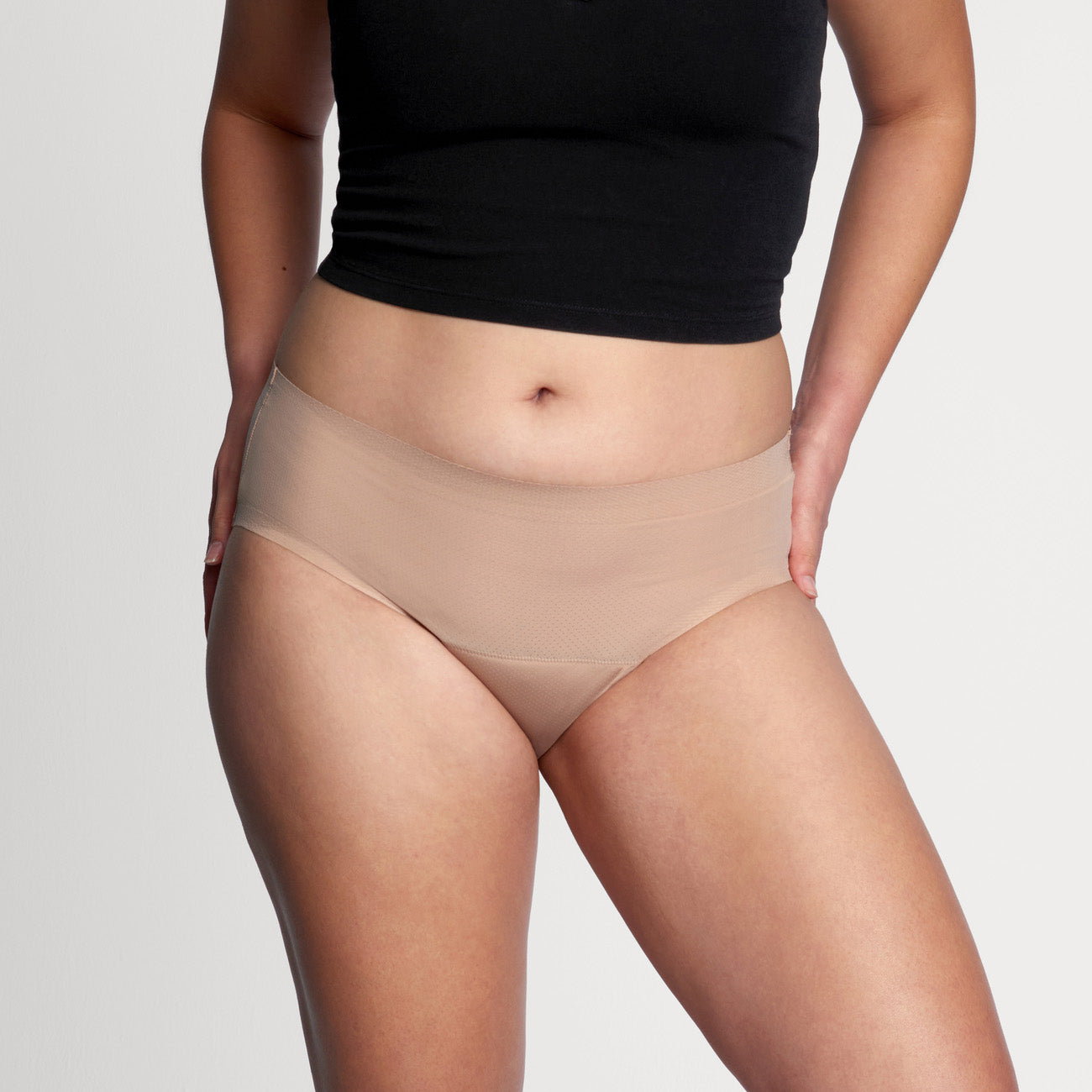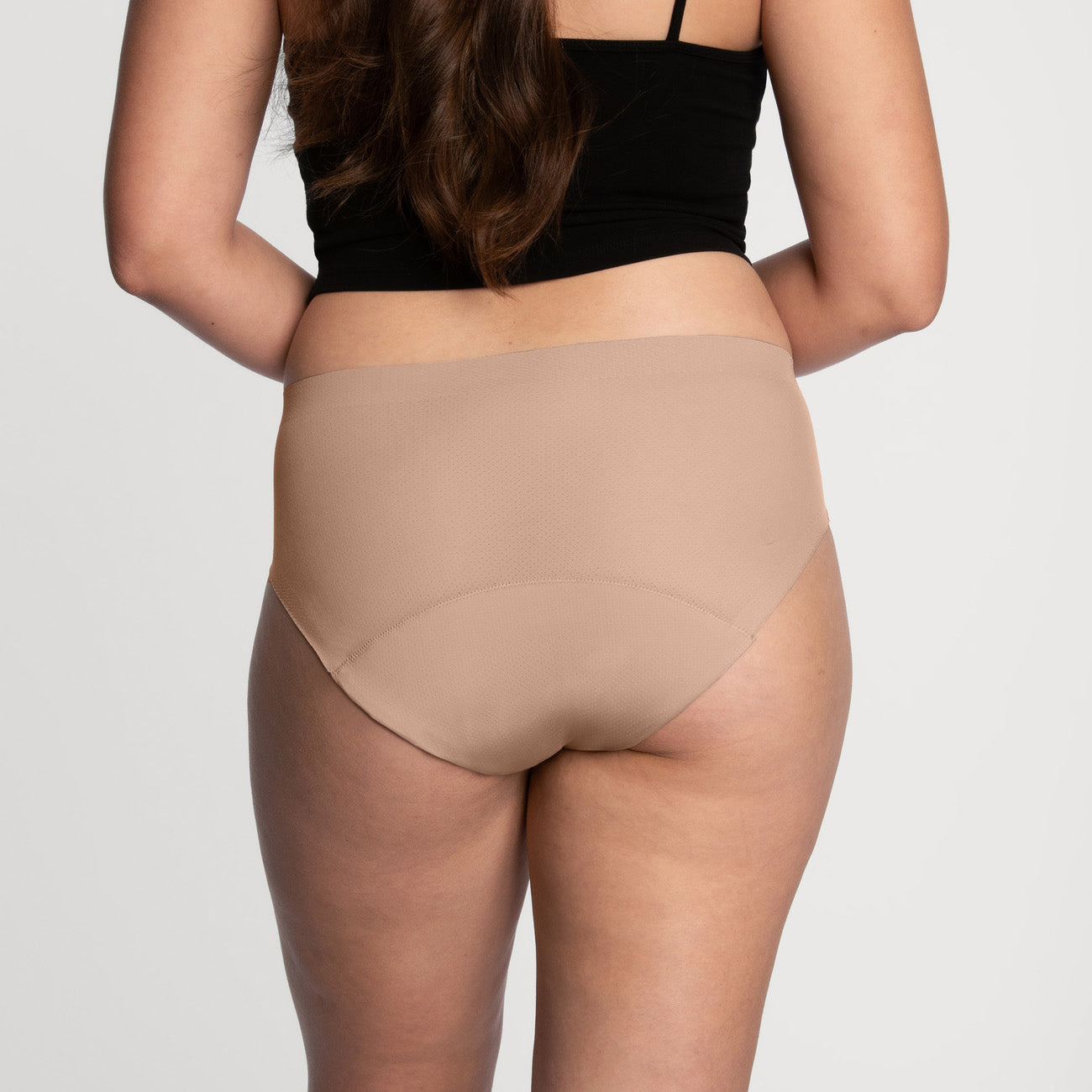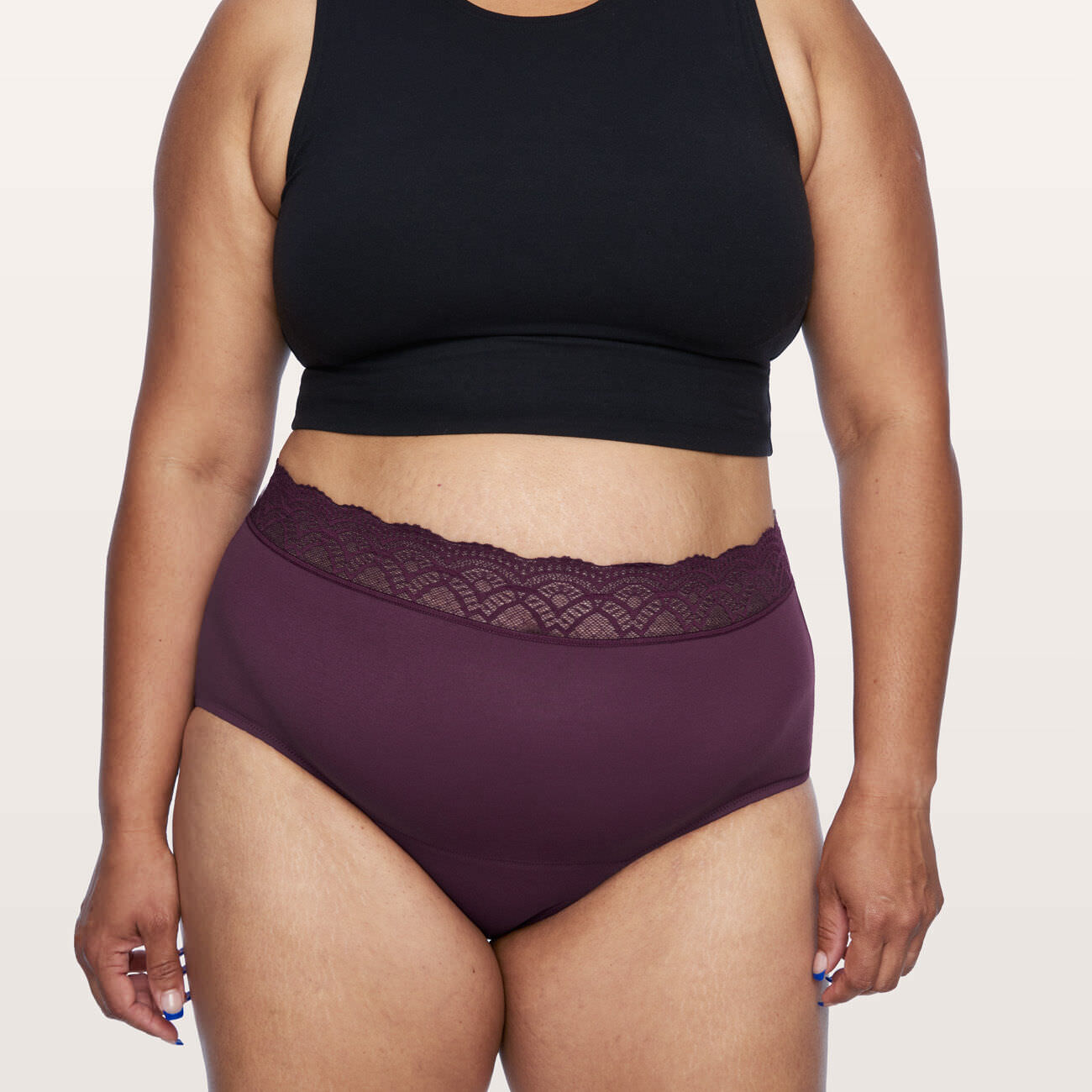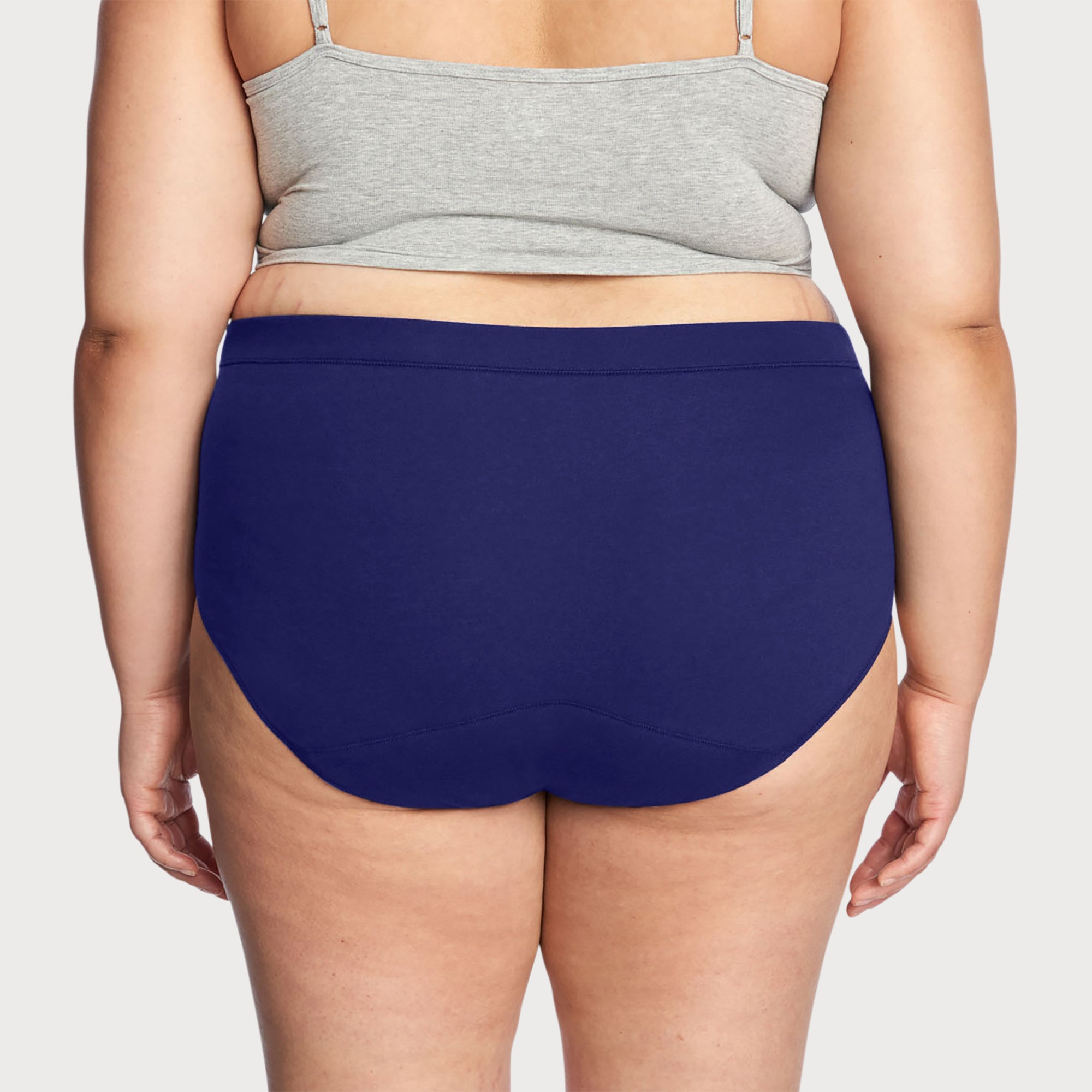The Misunderstood Orgasm and the Pursuit of Pleasure
- Share this article Copy to clipboard

Lo and behold, the orgasm. Of all the natural bodily phenomena that humans are capable of, this one has long been the most shrouded in mystery and urban myth and dead-end Google searches — especially when it comes to vaginas.
There’s no clear-cut answer as to why so-called “female” orgasms have been so misunderstood. Of course, there’s the reality of who was historically conducting influential research in this field (hint: not often people with vaginas), paired with inadequate sex ed in schools and societal taboos around sexuality & pleasure in general. There’s also the fact that the blanket term of “female” over such orgasms involving vaginas simply isn’t accurate: non-female people can have clits, too. Regardless, these discussions often come back to orgasm as the end goal of sex or masturbation — rather than as a chance to get in touch with our bodies and the unique ways we experience pleasure.
Semantics aside, we’re here to unpack what *actually* happens to your body when you, ahem, come (or cum — that’s a whole other conversation).
so what happens during an orgasm?
Basically, an orgasm is a series of involuntary muscle contractions induced by sexual arousal. As you climax, you experience really tiny, fast rhythmic contractions of the muscles inside the vagina, anus, and uterus that reverberate through the body. Then, an ultimate release. Your heart rate increases, your skin looks and feels flushed, your blood flows to your genitals, and your clitoris becomes erect the same way that a penis does (it’s made of similar tissue). In short: you get all hot ‘n heavy.
Of course, we can’t talk about orgasms without giving the clitoris its due credit. The clit is truly a vehicle for pleasure, containing thousands of nerve endings in the tip alone. But that’s only the beginning — during orgasm, the rest of the clitoris extends back and down both sides of the vagina in a wishbone shape, about 3-5 inches in length (!!!). Your labia will also get puffier and darker, and your uterus will tilt during orgasm.
But back to the clit: a 2017 poll conducted by sexual pleasure org OMGYES found that nearly 37 percent of people surveyed found that clitoral stimulation is necessary for orgasm. Another 36 percent said they can orgasm from penetration alone, but that it feels better with clitoral stimulation. Across the board, there was a diverse range of preferences for genital (and non-genital) touch location, pressure, shape, and pattern. Of course, it’s worth noting that these numbers aren’t inclusive of the *entire* population, but they do help to prove that Freud’s infamous theory about clitoral orgasms being “adolescent” was bullshit all along.
When you orgasm, your brain also releases endorphins, oxytocin, and dopamine (aka, feel-good hormones). Oxytocin causes uterine contractions, but has also been suggested to promote “bonding” with a partner. Dopamine is also a pain reliever, which is why some people recommend sex or self-pleasure as a natural pain relief method for period cramps.
And one more thing — yes, squirting actually can happen. As the Skene’s glands alongside your urethra become stimulated, they lubricate things down there. For some people, orgasm can also lead to the ejaculation of fluid from these glands, also known as squirting. And no, it’s not pee. In fact, these fluids are thought to be anti-microbial, and may even help prevent UTIs.
why, exactly, do we orgasm?
When it comes to breaking down the biological reason *why* we orgasm, the answer isn’t very straightforward.
Some research suggests that the muscle contractions that occur during orgasms can help move sperm up the vagina. Other scientists note that perhaps it helps increase bonding with a mate. Some evolutionary biologists argue that the orgasm first evolved as a reflex to help females become pregnant. However, Dr. Elisabeth Lloyd, a philosopher at Indiana University, isn’t buying any of these theories, instead arguing that it serves no evolutionary purpose at all. Dr. Sofia Jawed-Wessel told Teen Vogue, in her opinion, the most important reason is that “it feels good.”
so... why do so many people with Vs struggle to hit that O?
Besides the fact that you probably didn’t learn much (or any) of this in your high school sex ed class, there’s also the aspect of addressing the shame and stigma that many folks with vaginas carry surrounding our bodies and pleasure. Not to mention that anorgasmia—the inability to achieve orgasm—can be exacerbated by mental health issues such as anxiety or depression.
For many of us, the reality is that our first experiences of sex (and even masturbation) were approached with a fake-it-til-you-make-it mentality, using depictions of sex in pop culture as a reference point. How hours of frustration & disappointment have been spent trying to find the elusive G-spot? News flash: the “G-spot” is just another part of the clitoral network, not its own distinct anatomy. The same goes for prostate stimulation (for any anatomy) — it’s just another erogenous zone on the human body that makes stimulation feel, well, really good.
In general, putting orgasms on a pedestal only perpetuates the harmful notion that there is one right way to have sex or masturbate, which couldn’t be farther from the truth. Pleasure is personal! Every individual is unique, with different needs and different pathways to feeling good. Plus, when all the focus is on getting off, it makes it that much harder to focus on getting on with your partner (or with yourself!). At the end of the day, what matters is giving yourself permission to explore and have fun with the experience — and start having better, more liberated sexy time.
Have you struggled to experience an orgasm? Do you find it easier to focus on feeling good while masturbating or with a partner? Let us know in the comments below!
Meg Loughman (she/her) is a bayou-born, Brooklyn-based writer & content strategist. When she’s not journaling to lofi beats at a cafe somewhere, she likes to moodboard and partake in slow, luxurious breakfasts. You can keep up with her work on her website and tune into her sporadic dispatches & musings on Instagram.
At Thinx, we strive to provide our readers with the most up-to-date, objective, and research-based information. Our content is crafted by experienced contributors who ground their work in research and data. All information has been fact-checked and extensively reviewed by our team of medical professionals to ensure content is accurate. Articles contain trusted third-party sources that are either directly linked within the text or listed at the bottom to lead readers to the original source.


















